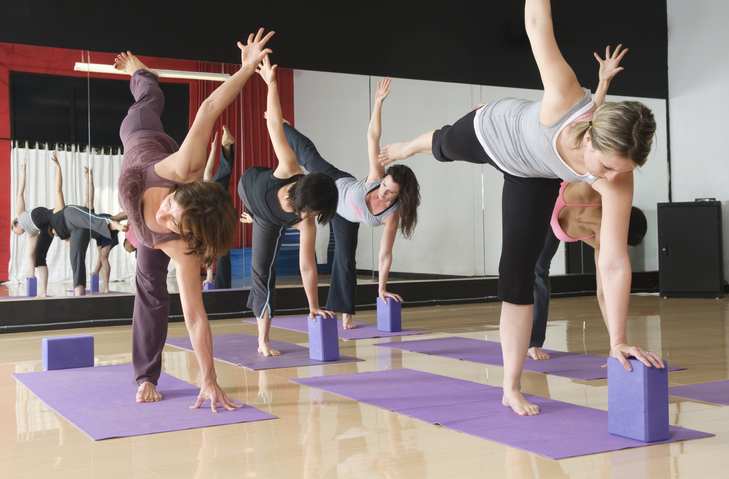De-stress this holiday season with a gentle yoga practice
Practicing yoga can be a great way to get exercise and stay calm during the stressful holiday season. A consistent yoga practice has so many incredible benefits, including reducing heart rate, lowering blood pressure, reducing anxiety and depressive tendencies, and easing back pain — not to mention the stretching and muscle strengthening benefits to the body.
Understanding Joint Anatomy
Yoga uses every muscle and joint of the body. One key thing to remember is that each joint functions differently. For example, the knee is a hinge joint, meaning it allows the leg to extend and bend back and forth with minimal side-to-side motion. Its motion during yoga should remain within the natural back and forth movement of this “hinge”. The hip, on the other hand, has a unique anatomy which enables it to be both extremely strong and amazingly flexible, so it can bear body weight AND allow for a wide range of movement. The hip joint allows the leg to move back and forth (flexion and extension), out to the side (abduction) and inward toward the other leg (adduction). It also enables rotation, allowing us to point our toes inward (internal rotation) or outward (external rotation) and moving the straight leg in the direction of the toes.
OrthoConnecticut recommends a few tips to as you enjoy your yoga practice this season:
- Keep the natural direction of the joint’s motion in mind as you practice – this goes a long way to preventing injury and strain. Be mindful of each joint, its muscles and your skeleton as a whole and how it is designed to move and not move. Work with your skeleton and joints, and not against them, for safe alignment and motion.
- Use care to listen to your body to help avoid overstretching your neck, shoulders, spine or legs. Common yoga injuries include muscle strains, torn ligaments and even more serious injuries, so start slowly. The American Academy of Orthopedic Surgeons (AAOS) recommends several steps to prevent yoga-related injuries. Read more here.
- Engage in mindful breathing – being present and enjoying the now is restful and recuperative. Here are some breathing exercises to get you started from DoYogaWithMe.com.
- Learn and practice yoga at your own speed, with a good teacher. Share information with them about any injuries or illness so they can adapt your practice to your needs. Don’t be afraid to ask questions.
- Warm up before yoga. Wear comfortable loose clothing and hydrate! Here’s one helpful floor routine to review from Wettravel and Melina Meza.
- Age is not a factor. If standing or floor yoga is not for you, enjoy a class of Chair Yoga as in this routine.
OrthoConnecticut Can Help
Our physicians and physician assistants are available to help you if you’ve injured yourself this holiday season. Contact us today for an appointment and #getmovingCT.



















